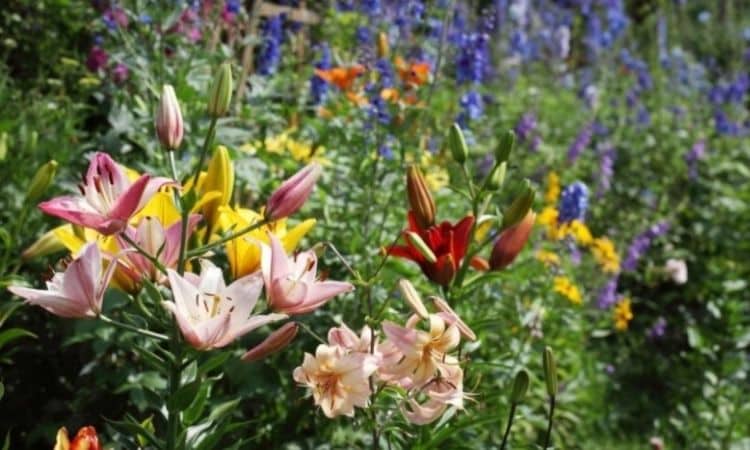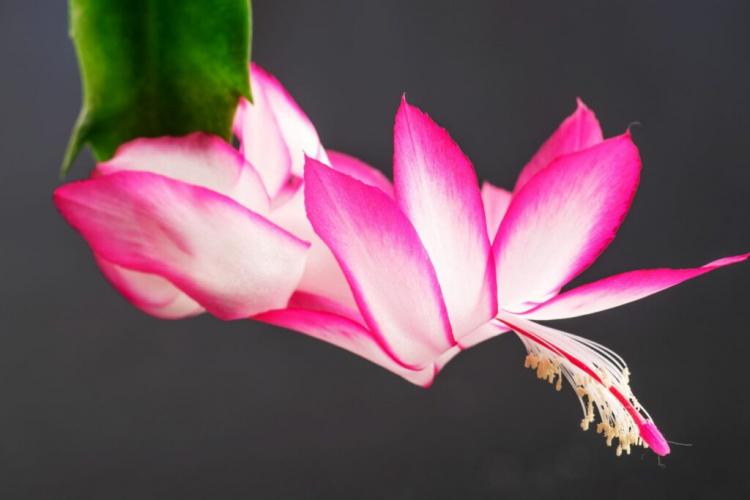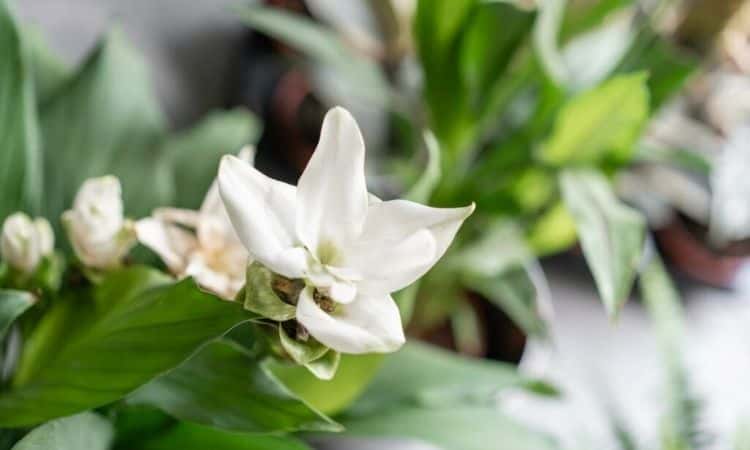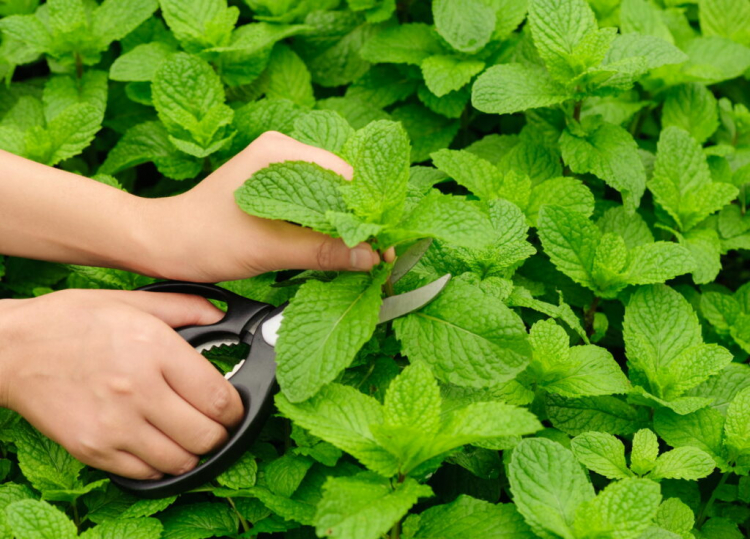Fertilizing Perennials: Everything You Need to Know Fertilizer
In order to keep your perennials for a long time, the right fertilization is necessary. Here you will learn what you should bear in mind when fertilizing perennials. The kings and queens among garden plants are probably the perennials.
The perennial and easy-care plants with their magnificent flowers transform many a garden into a true paradise. Since they draw their energy from underground storage organs such as bulbs, rhizomes, or tubers, they sprout anew every year.
However, the supply of nutrients is limited and a considerable amount is needed to build up a lot of green quickly. We reveal how you can optimally supply your perennials with nutrients.
What you should bear in mind when fertilizing perennials
Table of Contents
Already when planting a perennial bed you should pay attention to the high humus content in the soil. You can achieve this by mixing compost soil under the garden soil. Good garden soil has a high humus content in itself, but especially in sandy soils, a good portion of compost can work wonders.
When to fertilize perennials?
Most nutrients are needed in the spring for perennials to sprout new shoots, during which time they have to build up a lot of biomass within a very short time. So in spring, the time has come to fertilize perennials. When the plant is just starting to sprout, you should give it fresh nutrients. Organic fertilizers or slow-release fertilizers are the means of choice here.

Fertilizing perennials organically
In order to gradually increase the humus content of the soil over the years, you should preferably use organic fertilizers. These are decomposed by the soil organisms over time and actively promote humus formation. They also contribute to an increase in soil fertility. A wide variety of fertilizers can be used for this purpose. On the one hand, compost and manure are of course excellent fertilizers.
A dose in spring is sufficient for most perennials. You should be somewhat careful with fresh dung, as it can easily burn the plant. It is, therefore, better to let the dung rot first or to put fresh dung into the ground before the plant sprouts.
But ready-made fertilizers such as horn shavings are also perfectly adapted to the needs of your perennials. Simply work a good portion of the selected fertilizer into the soil around the perennial in spring.
Our liquid fertilizers are also ideal for many potted plants or in the event of deficiency symptoms: liquid fertilization means that nutrients are absorbed more quickly and there is no need to work them into the substrate. Especially with fine roots in the upper area, the perennials can be saved stress.
Fertilizing highly demanding perennials
Most perennials are satisfied with the nutrients they can find with their roots in the soil. Fertilization in spring is therefore not mandatory. However, this is often not enough for fast-growing and lush plants such as the Phlox (Phlox). They need an extra portion of nutrients in the form of fertilizer. To find out which plants are particularly hungry.
Some perennials may flower a second time in summer if they have been cut back after the first flowering. However, this requires extra nutrients. You should therefore give these plants an extra portion of fertilizer after pruning.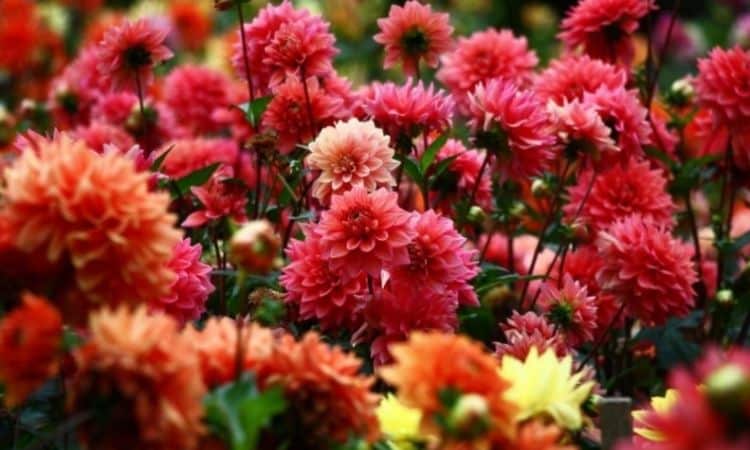
Here you should rely on the use of fast-acting fertilizers. Liquid organic fertilizers are absorbed more quickly by the plants, as are quickly decomposable organic materials such as manure. Because of its excellent fertilizer quality, alpaca dung is particularly well suited for this purpose.
This should be avoided when fertilizing perennials
Basically, there is not much you can do wrong when fertilizing perennials, only one thing you should definitely avoid: Overfertilization. Many hobby gardeners mean too well with their plants. It is not uncommon for perennials to suffer more from overfertilization than from nutrient deficiency. Especially if you use readily available mineral fertilizers, this can happen quickly. Most plants do not need half as much fertilizer as they are given.
Therefore never exceed the recommended fertilization. Anyway, manufacturers of fertilizers usually prescribe too high dosages to be able to sell more of their fertilizer. This does not benefit the plant. On the contrary: overfertilization damages the soil, the groundwater, and the plant itself. Too much nitrogen can, for example, lead to rapid growth and unstable shoots, and also increase susceptibility to disease. So the general rule is: less is more.
